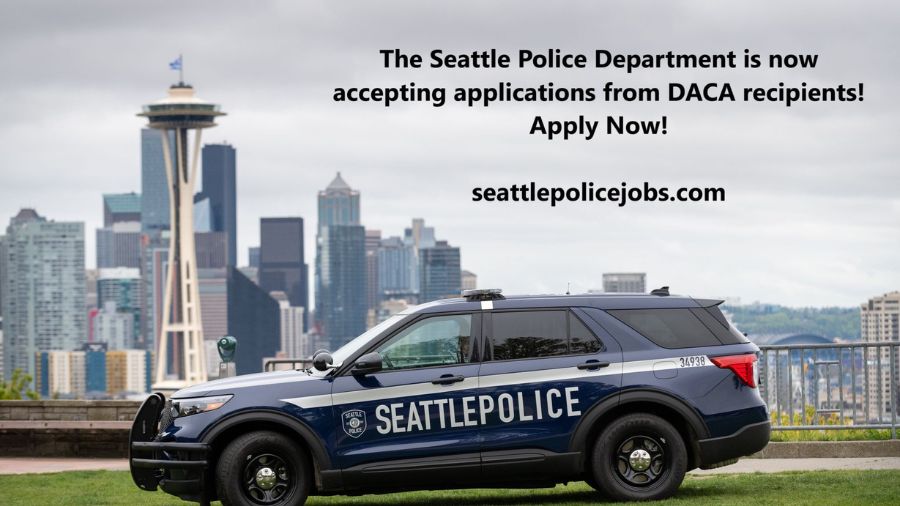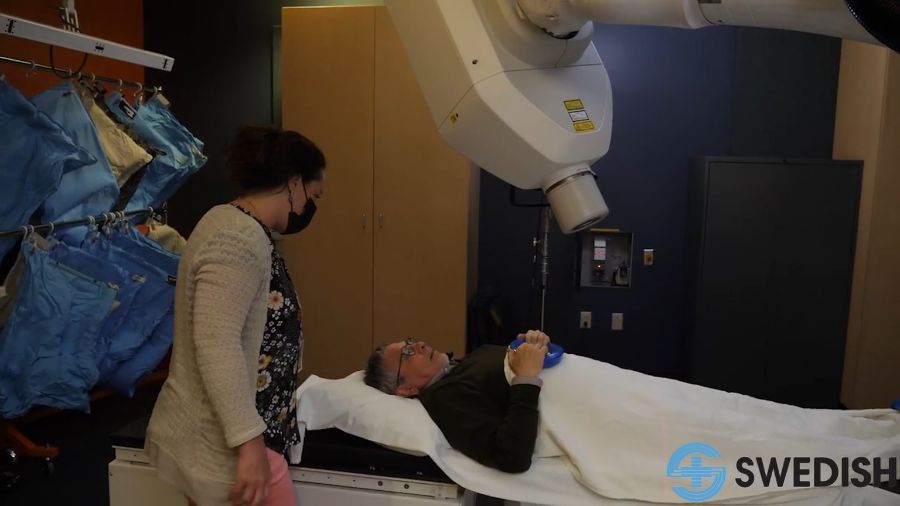Rantz: You’re not falling into a trap while watching the news on antisemitic campus protests
May 10, 2024, 5:54 PM

The pro-Palestinian encampment on the UW campus in Seattle, seen here on May 2, 2024 is continuing on. The encampment also has featured anti-Israel messages. (Photo: James Lynch, KIRO Newsradio)
(Photo: James Lynch, KIRO Newsradio)
A colleague from KTTH sister station KIRO Newsradio argued in a recent column that news consumers might fall into a trap courtesy of the way some journalists cover the antisemitic encampments on college campuses. She’s right news consumers sometimes fall into traps because of shoddy journalism. But it’s the general media bias that’s the bigger problem.
Angela Poe Russell, a fill-in host at KIRO Newsradio and former KING 5 journalist, reacted to Joe Scarborough on MSNBC covering a Forbes report about employers vowing to hire fewer Ivy League college graduates. They’re rightly concerned with the quality of students coming out of these elite schools, given the surge of antisemitism and abject historical ignorance coming from students there. Her criticism was the generalization from the anchor.
“While criticizing a school’s handling of a situation is fair and so is student behavior, good journalists know better than to make blanket statements about a group or a place. Having worked for years as a reporter, I know that within crowds are many stories and journalists should share them and offer context and nuance,” she wrote. “Columbia University has more than 30,000 students, either undergraduate or graduate level. If you compare that population to the number of on-campus protesters, it becomes impossible to talk about any university as if the students and their motivations or methods for protesting are exactly the same.”
This is fair criticism, I mostly agree, and it’s worth a read. I also hope you’ll listen to my conversation with Poe Russell; I truly enjoyed it.
But here’s a reasonable question for those of you who agree with her criticism: Why is it that we need additional context and nuance when it comes to rising antisemitism after experiencing nothing but generalizations about police and Donald Trump supporters? And aren’t we already getting a ton of “nuance and context” — in the form of whitewashing the antisemitism and violence?
Where’s the nuance in downplaying antisemitism, as a result of media bias?
Reporters, especially on the local level, are going through great pains to cover-up antisemitism on and off campus. It’s transparent media bias.
KING 5’s Cornelius Hocker, who consistently downplays antisemitism while demonizing Israel due to a clear left-wing bias, reported on this week’s Charlie Kirk speech at the University of Washington (UW). Though there were plenty of assaults, threats, harassment and vandalism against the media, none of it was mentioned in the piece. Instead, he said “it didn’t get that serious.” There was also no mention that the student activists and outside agitators wanted to cancel Kirk’s speech. Actually, Kirk wasn’t mentioned at all in the produced piece.
Also oddly missing from KING 5’s anti-Israel report? Jewish, pro-Israel, pro-free speech voices. The only interview for a story about a UW protest was a radical organizer who isn’t even a student. He uncritically spread a verifiably false claim that Israel is purposefully starving Palestinians.
Meanwhile, The Seattle Times posted the link to its article about UW’s recent Board of Regents meeting on X, formerly known as Twitter, categorizing anti-Israel activists as “anti war.” They’re not anti war. They’re against Israel’s war on Hamas. One cannot be anti war while calling for a “global intifada,” and chanting for the destruction of Israel. The article itself doesn’t offer any descriptors for the protesters (including the dubiously claimed “pro-Palestine” label). The Seattle Times doesn’t seem to hesitate in calling out “conservative activists,” though, defining them by an ideology rather than a viewpoint like “anti war,” even if it’s a lie.
KOMO News’ Joel Moreno was caught fabricating details about a Seattle anti-Israel rally. He said the rallygoers were “calling for peace” and “humanitarian aid” in Gaza. But the rallygoers were chanting for the destruction of Israel and openly supported violence against Jews. I have a video of Moreno listening to the chants promoting violence. Why didn’t those chants and messaging make it into his piece? Where was the context and nuance?
More from Jason Rantz: UW professor assaulted at autonomous Liberated Zone as admin keeps cops away
Media is consistently biased in favor of progressives
When the Black Lives Matter (BLM) movement soared nationwide, did you get nuanced conversations about policing? Or did the media lean into anti-cop narratives, amplifying extremists who wanted to abolish police? When was the last time you saw media approach a Trump supporter with context and nuance rather than generalizations? Media outlets, outside of conservative media, generalize tens of millions of Americans as “MAGA extremists.” After January 6, were there any attempts to draw a distinction between rioters and your average Trump supporter? Of course not.
Poe Russell is right to call for nuance. There should be room for it, when necessary, in media coverage. In this case, I don’t think it’s necessary because the media doesn’t seem capable.
There’s only so much nuance one can offer before it (inadvertently or not) justifies or whitewashes antisemitism. Poe Russell is very obviously right that generalizing all Ivy League students is absurd. (They’re clearly not all antisemitic — though I do wish we’d see more students calling out the hate rather than letting it go unchallenged on campus).
And if we’re going to demand nuance (Poe Russell and I agree on how some past coverage of progressive events has been lacking), we need to demand it on all stories. Poe Russell seems very willing to make these demands, regardless of the political implications or influences of a news story. I don’t hear many liberal media members call out the industry. But it’s clear we need more news consumers to make these demands, as well. The media bias is too obvious and too accepted.
Listen to The Jason Rantz Show on weekday afternoons from 3-7 p.m. on KTTH 770 AM (HD Radio 97.3 FM HD-Channel 3). Subscribe to the podcast here. Follow Jason on X, formerly known as Twitter, Instagram and Facebook.














